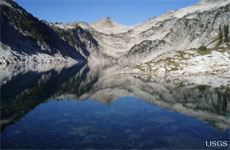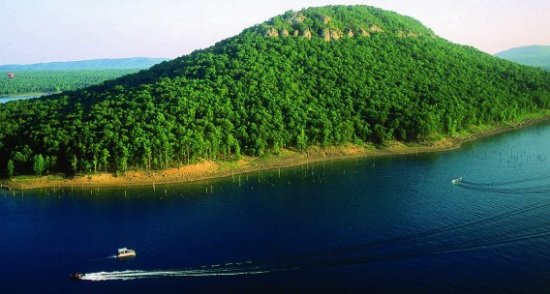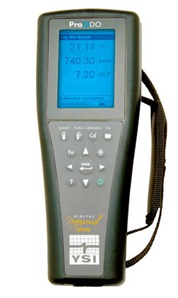Even pristine lakes show evidence of human fingerprints
0 In many areas of the country, you can park your car at seldom-used trailheads and hike out to remote alpine lakes that few people will ever see or hear about. Enjoying the solitude, it would be easy to imagine that there is no way humans have impacted these lakes. Recent research shows that this is seldom true.
In many areas of the country, you can park your car at seldom-used trailheads and hike out to remote alpine lakes that few people will ever see or hear about. Enjoying the solitude, it would be easy to imagine that there is no way humans have impacted these lakes. Recent research shows that this is seldom true.
Scientists have discovered that nitrogen coming from cities, agriculture and automobile use is affecting even some of the most remote alpine lake areas throughout North America – from Alaska to Greenland to Colorado. Research shows that reactive nitrogen began to increase throughout remote North American lakes around 1895 and has continued to climb. This reactive nitrogen comes from sources such as the industrial production of nitrogen for fertilizers and the burning of fossil fuels. Wind then carries the nitrogen to remote areas and can be deposited through rain, snow, and dust.
The effects of nitrogen enrichment in water can include greater algal growth, lower pH and reduced transparency.
While many of these remote and “pristine” systems still retain their high water quality, this increasing reactive nitrogen shows that the human fingerprint extends far beyond cities and towns.
Sources: Holtgrieve, G.W., et al. 2011. A Coherent Signature of Anthropogenic Nitrogen Deposition to Remote Watersheds of the Northern Hemisphere. Science 334, 1545-1548.













